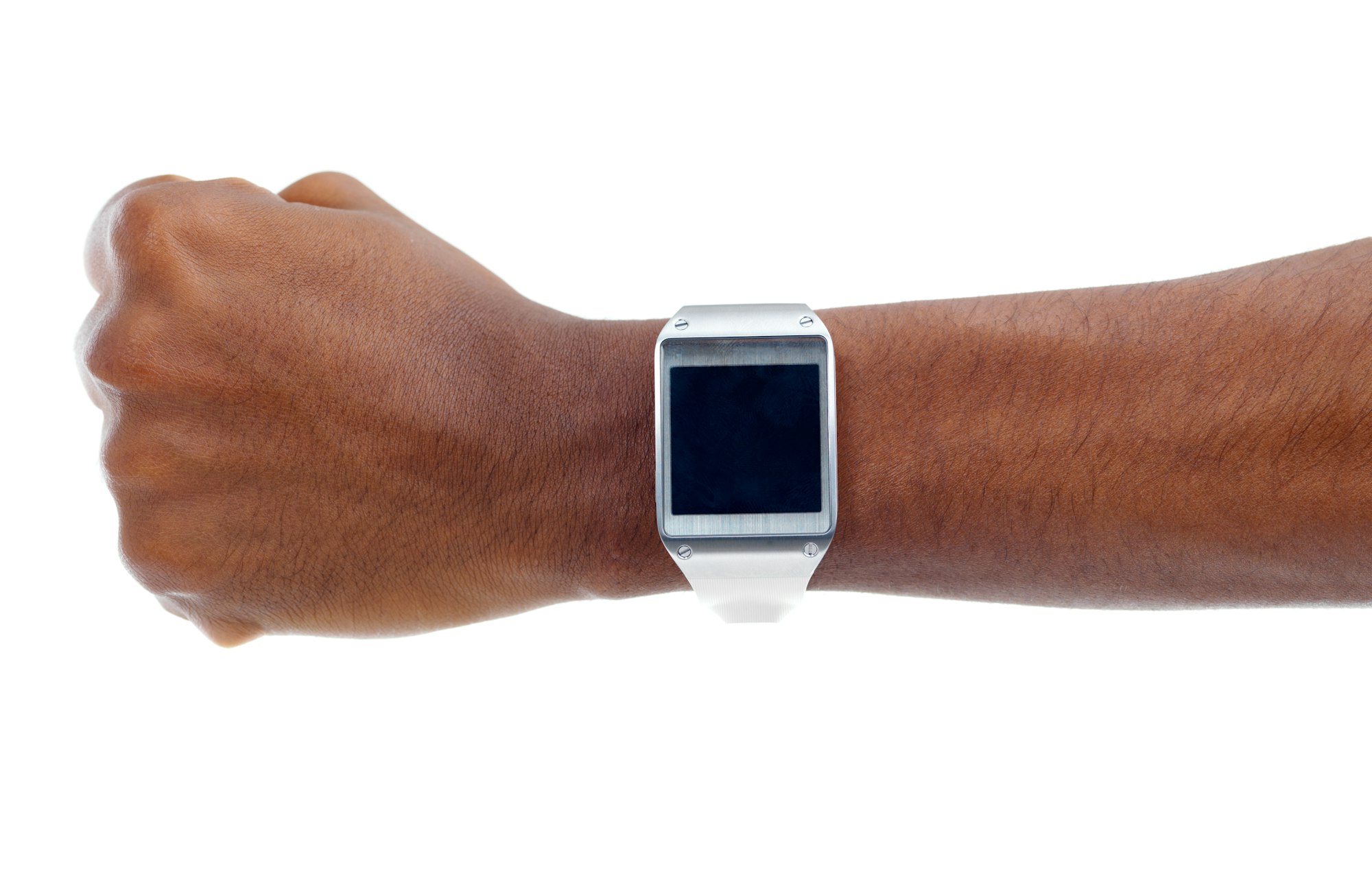Over the last few years, the world of professional sports has been revolutionised through the use of advanced technology. The fitness industry, in particular, has seen a significant shift in the way training and performance are monitored and analysed. Wearable technology is at the forefront of this revolution, providing sports professionals with critical data that helps improve their performance.
For athletes in the UK, the use of wearables represents a significant aspect in the enhancement of their training routines, providing them with reliable, real-time data about their bodies and performance. Let’s delve into the role of wearable tech in enhancing professional training for UK athletes.
Lire également : How to implement sustainable fishing practices in UK’s coastal waters?
Harnessing Power of Data
The use of wearable tech in sports is largely based on the power of data. These devices are equipped with various sensors that collect and analyse a wide range of data points from the athlete’s body.
Wearable devices have brought about a new era in sports, where athletes and coaches are now making data-driven decisions. This is a significant shift from the traditional, instinct-based approach to training. By harnessing the power of data, athletes can now understand their bodies better, monitor their performance, and make informed decisions about their training routines.
A lire aussi : What are the legal ramifications of AI in UK’s justice system?
Wearables collect data in real-time, allowing athletes to get instant feedback on their performance. This includes data on their heart rate, body temperature, calories burned, sleep quality, stress levels, and much more. By analysing this data, athletes can identify their strengths and weaknesses, set realistic goals, and develop personalised training plans to improve their performance.
Wearable Devices in Sports Training
The choice of wearable devices in sports training is vast, ranging from smartwatches and fitness trackers to heart rate monitors and GPS tracking devices. Each device offers unique features and insights, making it suitable for different types of sports and athletes.
For instance, heart rate monitors are commonly used by athletes involved in endurance sports, such as cycling and running. These devices provide precise data on the athlete’s heart rate, allowing them to monitor their cardiovascular performance and adjust their training intensity accordingly. Similarly, GPS tracking devices are widely used in sports like football and rugby, where the ability to monitor the player’s movements and positioning on the field is crucial.
Moreover, some wearables are designed specifically for certain sports. For example, there are wearable devices for swimmers that collect data on the swimmer’s stroke rate, distance covered, and pace. This kind of sport-specific technology helps athletes gain a deeper understanding of their performance and identify areas of improvement.
Impact on Athlete Performance
Wearable technology has a significant impact on athlete performance. By providing athletes with precise data about their bodies and performance, these devices help them achieve their full potential.
Through real-time monitoring, wearables can identify any issues or irregularities in an athlete’s performance, allowing them to address these issues immediately. This is particularly important for preventing injuries, which is one of the biggest challenges in professional sports. By monitoring the athlete’s body and performance, wearables can detect signs of overtraining or fatigue, which are common precursors to injuries.
Furthermore, wearable tech also helps athletes improve their technique. For example, in sports like golf or tennis, there are wearable devices that analyse the player’s swing or stroke. The device provides data on the speed, angle, and force of the swing, helping the player refine their technique and improve their performance.
Future of Wearable Tech in Sports
While wearable tech is already playing a significant role in enhancing professional training for UK athletes, the future holds even more exciting possibilities. As technology continues to advance, wearables are expected to become more sophisticated and offer more in-depth insights into athlete performance.
One of the key areas of future development is the use of artificial intelligence (AI) in wearables. AI can analyse the vast amount of data collected by these devices and provide athletes with personalised feedback and recommendations. This could revolutionise the way athletes train, making their training routines more efficient and effective.
In addition, the future of wearable tech in sports could also see the development of more sport-specific devices. As the benefits of wearable tech become more apparent, it is likely that more sports will start adopting this technology, leading to the development of more diverse and specialised devices.
Embracing Wearable Tech in the UK
The UK sports industry is already embracing wearable tech, with many professional athletes and teams utilising these devices in their training routines. The data collected by wearables is helping UK athletes make more informed decisions about their training, leading to improved performance and reduced risk of injuries.
However, the adoption of wearable tech in the UK is just the beginning. As technology continues to advance, it is likely that wearable tech will become even more integral to professional training in the UK. With the potential to revolutionise the way athletes train and perform, the future of wearable tech in UK sports looks promising.
The Intersection of Wearable Tech and Sports Medicine
The integration of wearable technology and sports medicine is another significant area in the application of these devices in professional training. As sensors and tracking devices evolve, they play a crucial role in injury prevention and rehabilitation.
Wearable sensors are capable of monitoring an athlete’s vital signs, biomechanics, and other physical activity indicators in real time. These data points are invaluable for sports medicine professionals who are tasked with keeping athletes in peak condition. For example, a sudden spike in heart rate or noticeable change in movement patterns could be a warning sign of an imminent injury.
Incorporating wearable tech in sports medicine also aids in the rehabilitation process. Post-injury, an athlete’s training load needs to be monitored carefully to avoid re-injury. Wearable devices can provide accurate, real-time data, allowing sports medicine professionals to prescribe and modify rehabilitation exercises based on the athlete’s current condition and progress.
Moreover, the use of motion capture technology has shown promising results in rehabilitation protocols, particularly in team sports. Motion capture allows for detailed analysis of an athlete’s movements, identifying any deviations from their norm. This information can guide professionals to design personalised injury prevention programmes.
Machine Learning in Sports Training
The future of wearable tech in sports holds even more revolutionary possibilities, particularly in the realm of machine learning. As wearable devices collect an expansive range of data, the potential to use machine learning to analyse and interpret this information becomes incredibly valuable.
Machine learning applications can help identify patterns in athlete performance that may not be visible to the human eye. This could include factors like subtle changes in stride length, swing speed or heart rate variability. By leveraging machine learning, wearable technology could provide highly personalised training guidance and real-time feedback, aiding in optimising athlete performance.
For instance, Google Scholar has published several studies highlighting the potential of using machine learning algorithms to predict and mitigate the risk of injuries in athletes. These algorithms can process and analyse data from wearable sensors to detect early warning signs of potential injuries. This could revolutionise injury prevention in sports, making it a proactive rather than reactive process.
Conclusion
The rise of wearable technology in the UK sports industry is no longer a trend but a paradigm shift. The ability to collect, analyse, and utilise data in real-time has significantly enhanced professional training, transforming the approach to fitness, injury prevention, and performance optimisation.
As technology continues to evolve, the potential of wearable tech in sports is limitless. From AI-powered insights to widespread use in sports medicine, these devices are set to play an ever-increasing role in athlete training and performance.
In conclusion, the integration of wearable tech is not just about elevating athletic performance, but also about fostering a culture of data-driven decision making in sports. The future of wearable tech in UK sports is bright, promising a new era of innovation in athlete training.
















